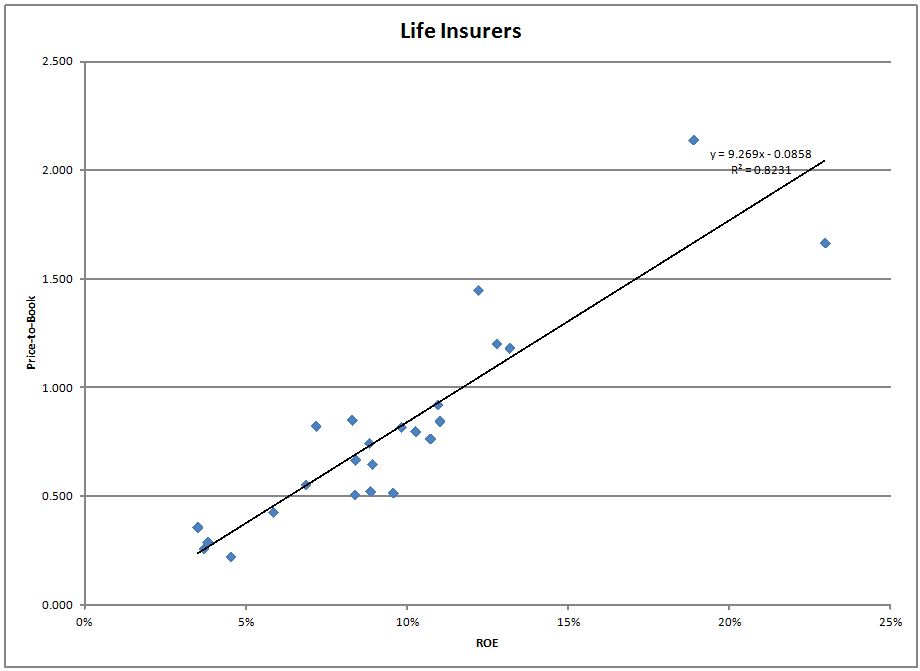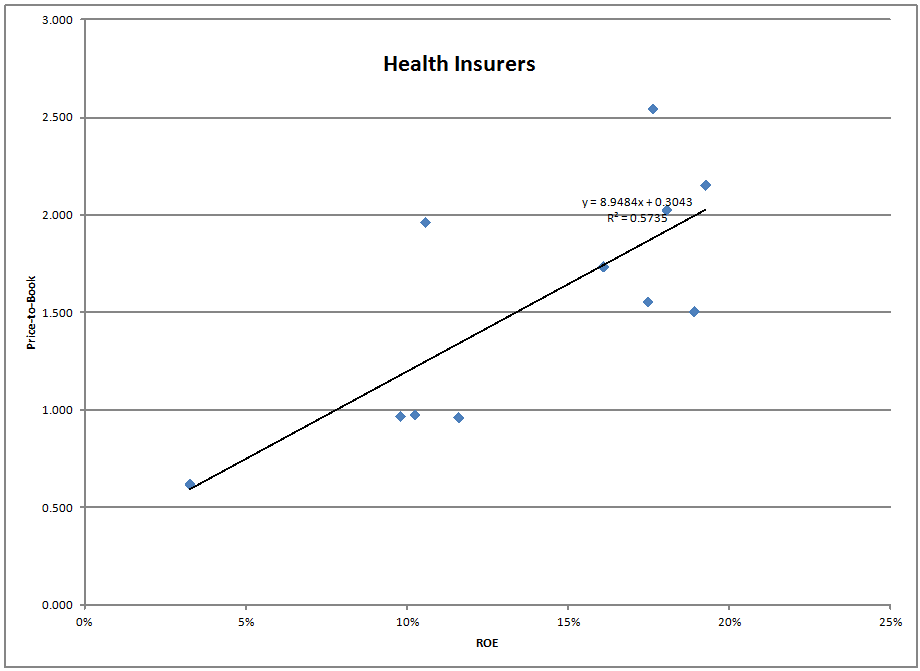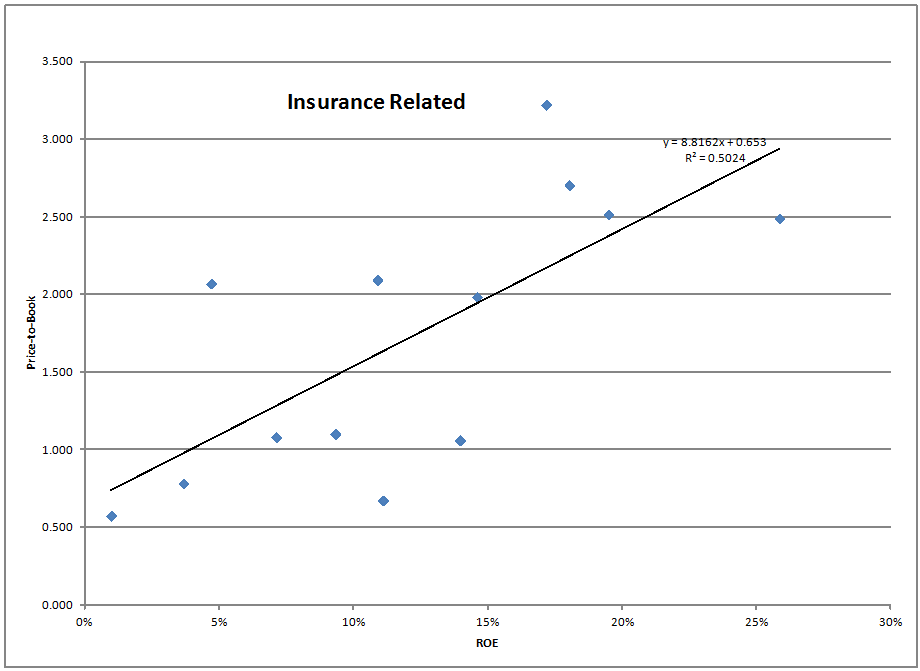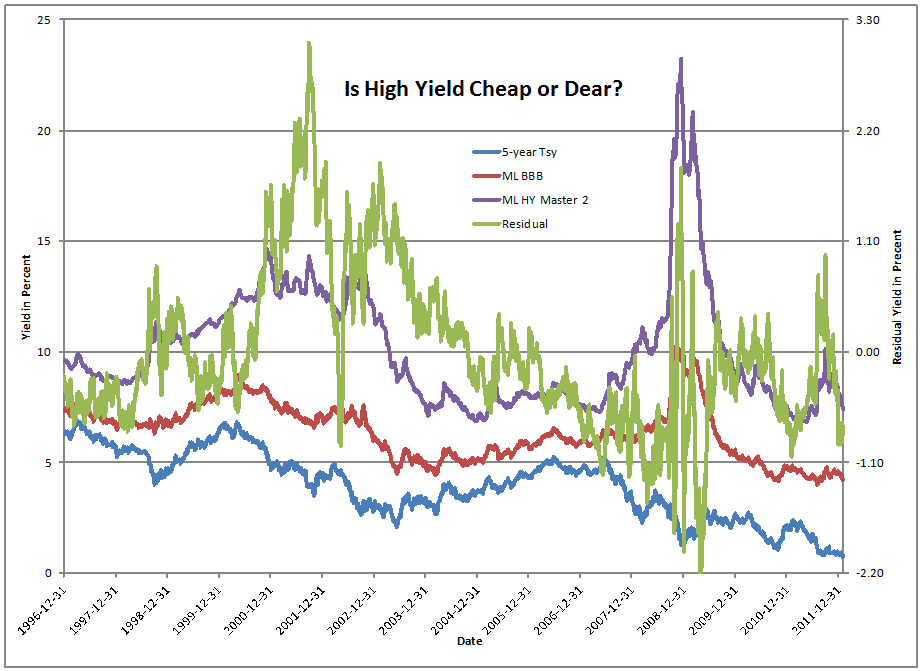The Anti-Consultancy Consultancy
I’ve had this idea for 15 years or so, but forgot about it until I sat down and talked with a friend who worked for a dysfunctional company that recently let him go.? My experience working in corporate America is that the best and most effective firms listen to their employees, and set up some means of obtaining their opinions on how the business could be improved.? Bad firms have managements that think that know it all, and the rank and file must merely execute what they imagine will work.
In all of the time that I worked in the insurance industry, or served on the boards nonprofit organizations, I have yet to have seen a situation where a consultant needed to be hired to solve a problem.? The middle management of the firms in question knew what the answer was, but senior management was either fighting with itself, or weak-minded.
I remember one situation where the Chief Investment Officer and the Chief Financial Officer hated each others guts, and could rarely agree.? The only way to solve a particular problem was to hire a consultant, who would neutrally give them an answer that they both would heed.
I was running a small line of business in the company, and the consultant approached me for data, which I gave him, but I asked my boss about the situation.? He told me that the company was spending roughly 7% of that year’s income to analyze the investment policy of the firm, particularly with respect to the liabilities of the firm.? I said to my boss, “If you gave me 3 months, I could solve this project on my own, and the cost would be 3% of what the consultant charges.”? He laughed and told me about the fighting above us, that led to the costs.
As it was, the consultant gave advice that was less detailed than I would have given, but was valuable, though embarrassing to the insurance company — they were invested two years shorter than they should be.? There a free lunch to pick up income and reduce risk.? You could go three years longer if you wanted to optimize risk.
Lovely, but if management had just asked its line of business actuaries to answer the questions it all could been solved for a small fraction of the cost, and with more precision.? Also, though no one talked about it at the time, it really showed that senior management really did not understand the core business, which was earning a spread over liabilities adjusted for risk.
I have another experience working with a non-profit where the executive was weak, and would never hire anyone more talented than himself.? As a board member, I was always shocked with how badly the place was run, but the board members suffered from the same disease; few were competent.? Management liked having incompetent board members.? Worse, the incompetent board members did not like anyone suggesting that there was a better way to do things, which is why I eventually left.
This management team hired consultant after consultant on things that I felt were answerable from resources within.? But being weak-minded, they did not trust their middle management to answer basic questions.? A lot of money was wasted in the process, which was particularly painful, because the non-profit did not have a lot of resources to spare.
Do You Really Need a Consultant?
There are cases where hiring a consultant is needed, but the first question should be whether those who work for the firm, particularly middle-management might be able to do a better job with it for less cost.? Going back to the first firm mentioned, I was hired by a division of the firm to provide exactly that expertise.
Even if employees are a little short of the expertise needed, giving the project to them will develop the expertise internally to deal with the question at hand and handle greater questions later.? More, it will improve morale, as employees deal with difficult problems and triumph over them.? If you want to read about one vignette in dealing with this, you can read it here.? It made me choke up as I re-read it, because it was such an amazing transformation/comeback that no one expected.
But the first priority of people management in a firm should be hiring bright people and set them free to act.? There was one firm I worked for where this was actually done, where the man in charge hired people, all of whom were brighter than him.? I was one of them, and I did not realize at the time that he had hired me to be his #2.? Small organization, informal, yeh.
He wasn’t always easy to deal with, and on a number of occasions people in our unit would come to me near the end of the day, and say “can we talk?”? When I learned the topic, I would say, “Close the door.”? Then I would listen to their grievances.
I responded to them, “Look, our boss is imperfect, but he means well, work with him.? He was courageous enough to hire people brighter than himself, which few will do.? Reason will win out here, and I will help the process along, but be sweet reason incarnate, try to convince, don’t gripe.”
And as it was, all such situations were resolved, and we produced a far better firm, with good results to the client, and good morale.? (And I quietly led useful change, which was the way I did things in my younger days.)
A New Business
So, if you as a management team think that you need a consultant to solve your problems, e-mail me.? For a nominal fee, I will ask you whether you have set up a culture with bright people who can solve problems, and whether they have tried to solve your problems.? If you have tried that, and your team can’t do it, yes, a consultant is warranted, otherwise not.? But it also means that you have hired wrong.? Get some talent in your door that can solve tough problems.
In essence, I would be a consultant telling you not to hire consultants, and to build up the talent base of your organization, such that you would never need me, or anyone more expensive than me again.? I would be a very cheap way of improving your organization.
Denouement
But what happened to the group where I became the #2?
Well, I briefly became #1 when the boss left prior to a merger.? We merged into a larger organization that didn’t really get how insurance assets should be run.? As it was, they lost the mandate, long after I was gone.
The rump of the organization now has a five star rating from Morningstar for high-yield bond management, and is happily managing assets in Charm City (Baltimore), while the immediate parent company (that they were sold to) is in NYC.
Oh, the boss who left?? He eventually found work? managing bonds near DC.? A good guy, if a little irascible. He is still a friend.? In fact, all the people I mentioned are still friends, because I don’t make permanent enemies.? I just try to promote what is best for all.









